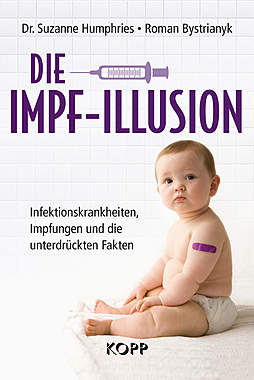- US-Wirtschaftsdaten: Nachtrag - Beige Book - COSA, 03.05.2001, 11:16
US-Wirtschaftsdaten: Nachtrag - Beige Book
Einen schönen Tag allerseits!
Nun, wenn ich ich es nicht übersehen habe, ist die Veröffentlichung des Beige Books gestern untergegangen, daher noch ein kleiner Nachtrag:
Die verarbeitende Industrie berichtet von einer abflauenden Aktivität, obwohl die Lagerbestände aufgrund der Produktionseinschränkungen rückläufig sind. Die meisten Regionen berichten von höheren Energiekosten, vor allem San Francisco und Philadelphia beklagen höhere Stromkosten. Der Arbeitsmarkt entspannt sich, da der Lohn-/Gehaltsdruck nachlässt. Der Immobilienmarkt in den meisten gebieten zeigte sich stabil.
<ul> ~ Summary
~ Today’s report confirms that economic growth remains sluggish. Manufacturing activity remains weak. However, production cuts are helping firms deal with excess inventories, which are showing signs of falling.
~ Most districts report that retail sales were flat-to-down in March, but showed slight signs of improvement in April. Boston, Kansas City, and San Francisco districts note that sales were below expectations, while Atlanta, Chicago, and St. Louis districts report that sales were higher than expected.
~ The real estate market continues to be a source of support for the national economy. Boston, Cleveland, and Richmond districts report strong sales in the low- to mid-priced single-family homes. Home sales in the Chicago district exceeded expectations, with price appreciation remaining strong. Only the Atlanta district reports a flat-to-downward trend in demand for new single-family homes.
~ Lower mortgages rates continue to fuel demand for refinancing in most districts. This is especially the case in Atlanta, Chicago, Kansas City, and New York districts. Growth in new consumer loans across districts was mixed. However, many districts indicate a drop in business loan activity, most likely as a result of tightening lending standards that have also been implemented.
~ Upward pressure on inflation continues to be mainly through energy prices. The loosening in the labor market has eased wage pressures and retail prices remain steady. Nearly all districts report higher energy costs, while the Dallas and San Francisco districts report that firms are passing on the higher energy costs to customers through fuel surcharges. Energy costs are especially a concern in the San Francisco and Philadelphia districts.
Analysis
The current Beige Book report indicates that the economy remains sluggish, but does not suggest that it has entered a recession in the technical sense (e.g. two consecutive quarters of negative growth). Manufacturing industries continue to struggle with weak demand but are showing signs of success in working off excess inventories. However, the Boston and San Francisco districts report that manufacturers are still concerned about their inventory levels.
The high-tech and telecommunication industries are experiencing a sharp slowdown across all districts. High-tech businesses in the Atlanta and Dallas districts are still grappling with excess inventories of telecom equipment while many districts report weak new orders and sales of computer-related equipment.
Districts are sending mixed signals about the state of vehicle sales. The Cleveland, Kansas City, New York, and Philadelphia districts report stronger sales. However, the Chicago, Dallas, Richmond, and St. Louis districts report weaker sales. All districts report falling demand for SUVs, luxury vehicles, and trucks, in light of higher gas prices while lower-priced and used vehicle sales remain strong.
In contrast to the last Beige Book report, most districts report discernible easing in labor markets, especially in manufacturing. Districts in the south and midwest report that filling vacancies has become easier since the last report. However, the St. Louis and Kansas City districts report that construction workers are still in great demand, while the New York district reports strong demand for financial services workers, though it has waned somewhat in recent weeks.
The report provides evidence for further rate cuts. Nevertheless, consumer demand for both cars and homes, while weaker, is still healthy. And energy prices are set to rise further in the summer, possibly spurring more businesses to pass these costs onto consumers. As a result, the Fed is likely to become less aggressive in its easing from now on.
~ Hier ist das Beige Book nochmal zum Nachschauen.
herzliche GrĂĽsse
Cosa
<center>
<HR>
</center>
gesamter Thread:
 Mix-Ansicht
Mix-Ansicht

